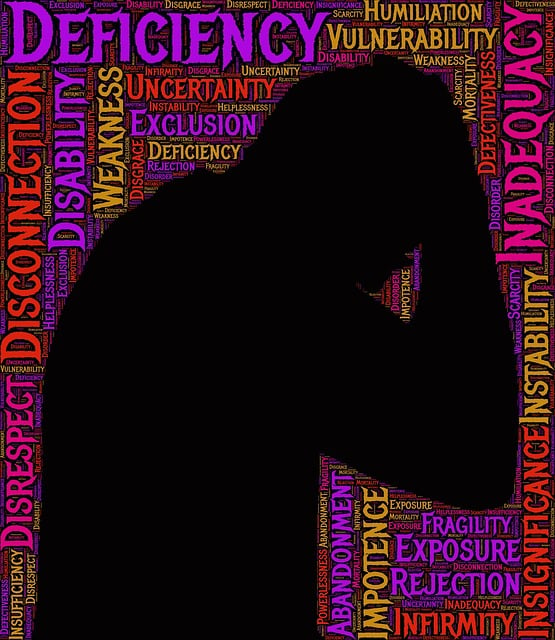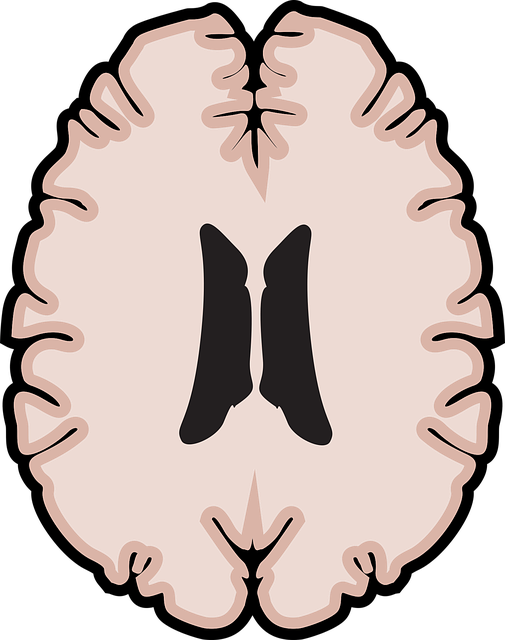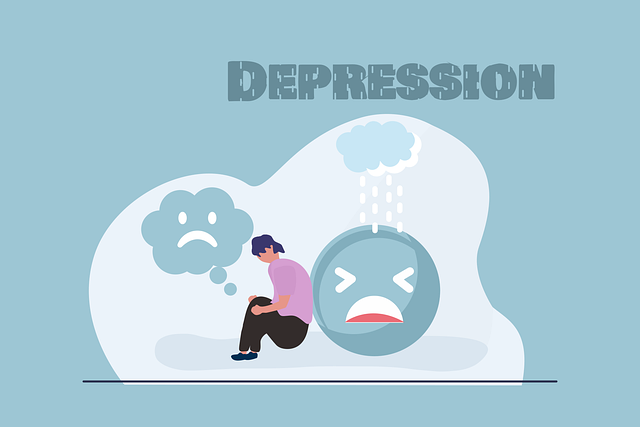Mental health professionals treating children must carefully consider the benefits and risks of incorporating hypnosis into therapy, balancing its potential for positive change with vulnerabilities like suggestive influence. By integrating hypnosis with burnout prevention strategies and stigma reduction efforts, they can create a safe, supportive environment that encourages progress. This approach offers unique tools for addressing trauma and promoting healthy thinking patterns, enhancing traditional therapy methods through deep relaxation and emotional release. Effective in mental wellness podcasts, hypnosis tailored to each child's needs fosters self-care routines and better overall emotional well-being.
Mental health professionals face unique challenges when managing risks within their practice, especially when treating children. This article guides therapists through essential risk management planning, focusing on specific strategies for therapy with kids. We explore the role of hypnosis as a powerful tool to enhance therapeutic outcomes and mitigate potential risks. Additionally, practical steps are outlined to ensure comprehensive risk assessment and informed consent, fostering a safe environment for vulnerable clients. Discover how incorporating hypnosis into risk management can revolutionize your practice in therapy for children.
- Understanding Risk in Therapy for Children
- Incorporating Hypnosis into Risk Management Strategies
- Practical Steps for Effective Risk Planning
Understanding Risk in Therapy for Children

Understanding risk in therapy for children is a nuanced and critical aspect of mental health practice. Children often present unique challenges due to their developing brains, which can make them more vulnerable to certain therapeutic interventions. Hypnosis, for instance, while beneficial for many adults, requires careful consideration when used with young clients. Mental health professionals must weigh the potential benefits against the risks of suggestive influence or unintended emotional responses that could exacerbate existing issues.
Mind over matter principles, at their core, emphasize self-regulation and coping mechanisms tailored to individual needs. However, healthcare providers should also integrate burnout prevention strategies for themselves to avoid emotional fatigue and maintain clinical integrity. Additionally, efforts to reduce the mental illness stigma are essential in fostering open communication with children and their families, ensuring a safe and supportive therapeutic environment that encourages vulnerability and progress.
Incorporating Hypnosis into Risk Management Strategies

Incorporating hypnosis into risk management strategies for mental health professionals can offer unique and beneficial approaches to mitigating potential risks within their practice, especially when treating children. Hypnosis, a powerful therapeutic technique, enables professionals to access and guide a child’s subconscious mind, helping them overcome traumatic experiences or develop positive thinking patterns. By utilizing this method, therapists can create a safe space for deep relaxation and emotional release, ultimately enhancing the therapy process.
This alternative therapy has proven effective in various mental wellness podcast series production, where it aids in addressing underlying issues that may be hindering a child’s overall mental health. Through hypnosis, professionals can assist young clients in developing self-care routine practices that promote better mental health and emotional well-being. By combining conventional therapy methods with hypnosis, mental health experts can offer comprehensive care tailored to each patient’s unique needs.
Practical Steps for Effective Risk Planning

In developing a robust risk management plan, mental health professionals should take practical steps that integrate innovative techniques like hypnosis, tailored especially for therapy for children. This involves assessing each client’s unique needs and tailoring interventions accordingly. For instance, incorporating mental wellness journaling exercises as part of session preparation can offer guidance in tracking progress and identifying potential triggers or shifts in emotional states.
Additionally, professionals should emphasize the importance of stress management strategies that go beyond traditional techniques. Hypnosis, for example, has been shown to be effective in depression prevention by inducing a state of deep relaxation and enhancing suggestibility, allowing for more profound cognitive reframing and behavioral modifications. Such proactive measures not only ensure client safety but also foster an environment conducive to mental wellness.
Risk management planning is an essential aspect of mental health practice, especially when working with children. By understanding and mitigating potential risks in therapy, mental health professionals can create a safe and supportive environment. Incorporating techniques such as hypnosis offers innovative strategies to enhance client safety and well-being. Through practical steps like comprehensive risk assessments and tailored intervention plans, professionals can effectively navigate complex cases. This holistic approach ensures that both children and therapists thrive, making therapy for children more accessible and successful in the long term.









